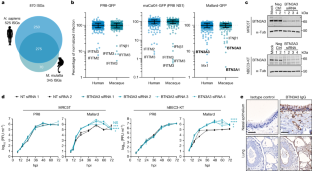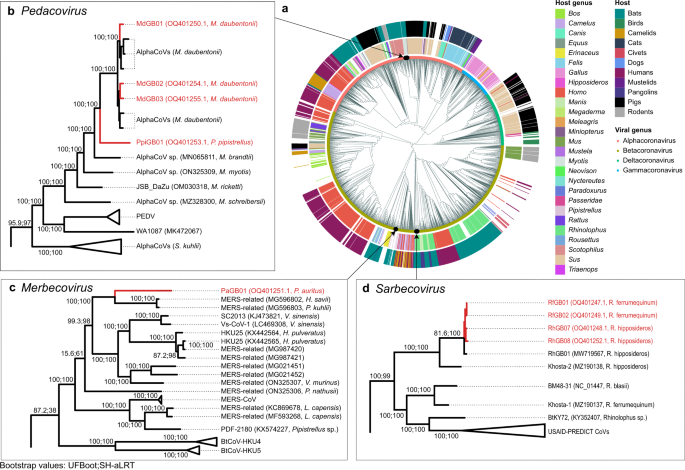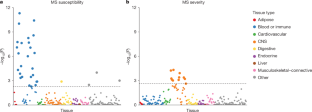2023-06-28 エディンバラ大学
◆過去のパンデミックもBTN3A3に耐性のあるウイルスによって引き起こされていました。BTN3A3の耐性は、人間におけるインフルエンザのパンデミックの可能性に関連している可能性があります。
<関連情報>
- https://www.ed.ac.uk/news/2023/gene-blocks-spillover-of-avian-flu-to-humans
- https://www.nature.com/articles/s41586-023-06261-8
BTN3A3の回避がA型インフルエンザウイルスの人獣共通感染症の可能性を促進する BTN3A3 evasion promotes the zoonotic potential of influenza A viruses
Rute Maria Pinto,Siddharth Bakshi,Spyros Lytras,Mohammad Khalid Zakaria,Simon Swingler,Julie C. Worrell,Vanessa Herder,Kerrie E. Hargrave,Margus Varjak,Natalia Cameron-Ruiz,Mila Collados Rodriguez,Mariana Varela,Arthur Wickenhagen,Colin Loney,Yanlong Pei,Joseph Hughes,Elise Valette,Matthew L. Turnbull,Wilhelm Furnon,Quan Gu,Lauren Orr,Aislynn Taggart,Ola Diebold,Chris Davis,Chris Boutell,Finn Grey,Edward Hutchinson,Paul Digard,Isabella Monne,Sarah K. Wootton,Megan K. L. MacLeod,Sam J. Wilson & Massimo Palmarini
Nature Published:28 June 2023
DOI:https://doi.org/10.1038/s41586-023-06261-8

Abstract
Spillover events of avian influenza A viruses (IAVs) to humans could represent the first step in a future pandemic1. Several factors that limit the transmission and replication of avian IAVs in mammals have been identified. There are several gaps in our understanding to predict which virus lineages are more likely to cross the species barrier and cause disease in humans1. Here, we identified human BTN3A3 (butyrophilin subfamily 3 member A3)2 as a potent inhibitor of avian IAVs but not human IAVs. We determined that BTN3A3 is expressed in human airways and its antiviral activity evolved in primates. We show that BTN3A3 restriction acts primarily at the early stages of the virus life cycle by inhibiting avian IAV RNA replication. We identified residue 313 in the viral nucleoprotein (NP) as the genetic determinant of BTN3A3 sensitivity (313F or, rarely, 313L in avian viruses) or evasion (313Y or 313V in human viruses). However, avian IAV serotypes, such as H7 and H9, that spilled over into humans also evade BTN3A3 restriction. In these cases, BTN3A3 evasion is due to substitutions (N, H or Q) in NP residue 52 that is adjacent to residue 313 in the NP structure3. Thus, sensitivity or resistance to BTN3A3 is another factor to consider in the risk assessment of the zoonotic potential of avian influenza viruses.


